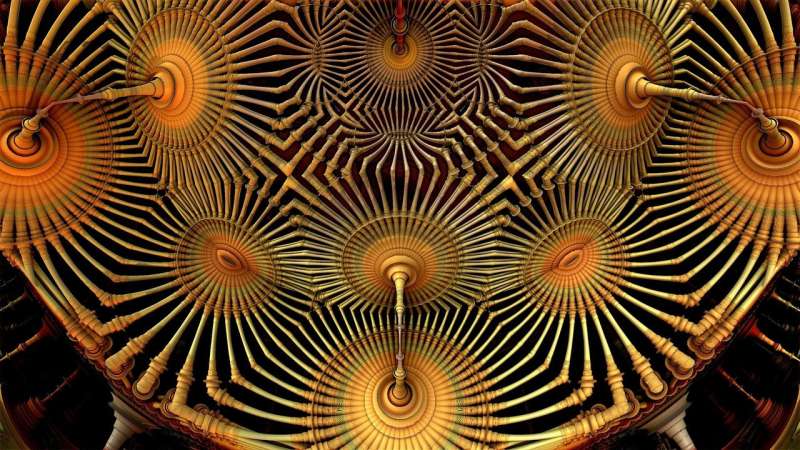Credit: CC0 Public Domain
Quantum physics is moving out of the laboratory and into everyday life. Despite headline results about quantum computers solving problems impossible for classical computers, technical challenges are standing in the way of getting quantum physics into the real world. New research published in Nature Communications from teams at Aalto University and Lund University could provide an important tool in this quest.
One of the open questions in quantum research is how heat and thermodynamics coexist with quantum physics. This research field of quantum thermodynamics is one of the areas Professor Jukka Pekola, the leader of the QTF Centre of Excellence of the Academy of Finland, has worked on in his career. "This field has been dominated by theory, and only now are important experiments are starting to emerge," says Professor Pekola. His research group has set about creating quantum thermodynamic nanodevices that can solve open questions experimentally.
Quantum states, like those governing the qubits that power quantum computers, interact with their surrounding world, and these interactions are what quantum thermodynamics deals with. Measuring these systems requires the detection of energy changes so exceptionally small they are hard to pick out from background fluctuations, like attempting to determine if a candle in a room has been blown out using only a thermometer. Another problem is that quantum states can change when measured, simply because they have been measured. This is analogous to causing a cup of water to boil by putting a thermometer in it. The team had to make a thermometer that was able to measure very small changes without interfering with any of the quantum states they plan to measure.
Doctoral student Bayan Karimi works in QTF and Marie Curie training network QuESTech. Her device is a calorimeter, which measures the heat in a system. It uses a strip of copper about 1000 times thinner than a human hair. "Our detector absorbs radiation from the quantum states. It is expected to determine how much energy they have, and how they interact with their surroundings. There is a theoretical limit to how accurate a calorimeter can be, and our device is now reaching that limit," says Karimi.
More information: Bayan Karimi et al. Reaching the ultimate energy resolution of a quantum detector, Nature Communications (2020). DOI: 10.1038/s41467-019-14247-2
Journal information: Nature Communications
Provided by Aalto University
























